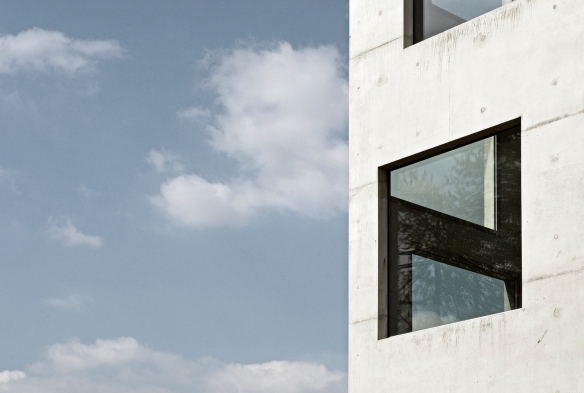Tag Archives: photo
Post processing, the memories of my eyes or the memories of my guts?
Quote
There is always this dilemma for photographer (and artist) after the shot: try to represent reality, being as close to it as possible, or add some artistic effect on it, which can show others your personality.
It seems that the first step could be bringing back what your eyes saw, as for the moment I do not know any camera able to represent exactly what we see or feel in front of a building, scenery or whatever. For this reason, I can’t really understand people who just left their image “as shot”, because one way or an other, they will differ from the view/spectacle the spectator could have had on the site (and trying to remain as real, as pure as possible, they will deceive their public)! I always defend my post processing by trying to share the memories of my eyes, without bringing any consideration of psychology or interpretation: only a physical transcription of the reality, however not possible directly through the lens.
This is my first level of post processing (and the first “Ctrl+S”). Usually, I always try to keep a safe copy of the “real” image, it could be the one before post-processing, or the first step.
Then comes your second picture, where you brought your personality. Here comes some interpretation, sharing feelings, something personal about what you have seen, trying to share emotions to spectators: the memories of your heart, brain, guts. And I believe in this part, it is too late to criticize the photograph, you have to like it or not, as you like a painting or not! If the first part has something to do with the technical level of the photograph (choosing the point of view, the light, opening, depth of field etc.), the second can be done by someone (maybe different?) confident with any post processing software, able to use every tool to express what he wants to. But I reckon that this person have to be on the site too, and best of all, been behind the camera. Otherwise you could be in front of a hard post-processed picture, sharing nothing but technical tricks, catching the eye without arousing any feeling.
Here is the second level, and “Ctrl+Shift+S”.
And here comes the client (or unfortunately before the second stage), and what he wants to have: does he want to have the representation of his building, his architecture, being as faithful as possible (trying maybe not to afraid potential buyers with a different interpretation of his architecture)? Or does he aim at sharing some abstract concept, some feelings, invite people to travel through one or several shots? I guess that most of our clients will try to have the first, faithful representation, but expect it to make people travel! And this is why they ask you some much work, but are not ready to pay to go further! This is maybe the reason why we always have these kinds of artistic pictures in our own “private” collection, creating them in our spare time, because we feel unsatisfied with the “simple” representation of the reality we gave the client!
A hidden and personal treasure, the “feelings of places”.
This essay is a reaction to an article of dennisguichard, “You get what you pay for”
On the same topic, in french, an article of Regis Matthey; Développement d’une photo de paysage sous Lightroom


